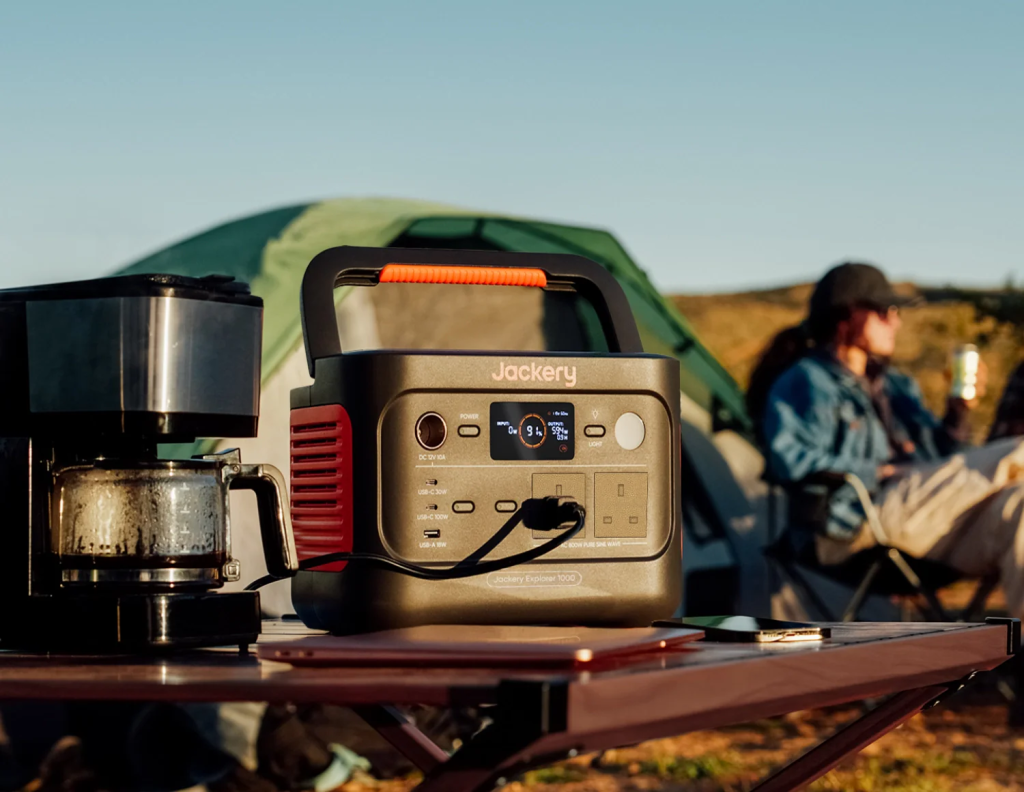Etna Rosso is a red wine that originates from the slopes of Mount Etna, an active volcano in Sicily, Italy. It is made primarily from two types of Nerello grapes, Nerello Mascalese (minimum 80%) and Nerello Mantellato, also known as Nerello Cappuccio (maximum 20%). The inclusion of Nerello Mantellato adds color to the otherwise pale red wine, resulting in a ruby red hue. With age, Etna Rosso develops a distinct granite streak, showcasing the unique characteristics of its terroir. In this article, we will delve into the world of Etna Rosso wine, exploring its origins, terroir, winemaking techniques, and recommended wines.
The Influence of Terroir: A Wine Inseparable from its Soil
The terroir of Mount Etna plays a crucial role in shaping the character of Etna Rosso wines. The volcanic soil, rich in minerals and nutrients, imparts a unique flavor profile and distinctiveness to the wine. The combination of volcanic ash, sand, and lava stones creates an ideal environment for grape cultivation. The altitude at which the vineyards are located also contributes to the wine’s complexity. As the vines grow at higher elevations, they experience cooler temperatures and greater diurnal temperature variations, resulting in grapes with balanced acidity and vibrant flavors[.
The Importance of Contrada: Exploring the Volcano’s “Neighborhoods”
Contrada refers to the different districts or neighborhoods on Mount Etna, each with its own microclimate and soil composition. These Contrade have a significant impact on the flavor profile of Etna Rosso wines. Grapes grown in different Contrade can exhibit variations in aroma, structure, and minerality. Producers often highlight the Contrada on their labels to showcase the unique characteristics of their wines. Some notable Contrade include Santo Spirito, Feudo di Mezzo, and Guardiola, each offering distinct expressions of Etna Rosso.
The Grapes: Nerello Mascalese and Blending Options
Nerello Mascalese is the dominant grape variety in Etna Rosso wines, contributing to their elegance and finesse. It is known for its thin skin, which results in lighter-colored wines with delicate aromatics and vibrant acidity. The grape thrives in the volcanic soil of Mount Etna, expressing flavors of red berries, spices, and floral notes. Nerello Mantellato, although used in smaller proportions, adds depth and structure to the blend. Some producers also experiment with blending other indigenous grape varieties such as Carricante and Cataratto to create unique expressions of Etna Rosso.
Winemaking Techniques: Crafting Etna Rosso Wines
Winemakers employ various techniques to capture the essence of Etna Rosso. Many opt for traditional methods, such as extended maceration and aging in large oak casks or neutral barrels, to preserve the wine’s delicate aromas and flavors. The use of indigenous yeasts during fermentation is also common, allowing for a more authentic expression of the terroir. Some producers embrace modern techniques, including shorter maceration periods and aging in smaller French oak barrels, to create wines with a more contemporary style. Regardless of the approach, the aim is to showcase the unique characteristics of the Nerello grapes and the volcanic terroir.
Conclusion:
Etna Rosso wine is a testament to the remarkable terroir of Mount Etna, where volcanic soils and high-altitude vineyards contribute to the creation of elegant and distinctive red wines. The combination of Nerello Mascalese and Nerello Mantellato grapes, along with the influence of Contrada and winemaking techniques, results in a wine that reflects the volcanic landscape and showcases the unique flavors and aromas of the region. Whether you prefer the traditional or modern expressions of Etna Rosso, exploring these wines is an opportunity to discover the wonders of Sicily’s active volcano.



